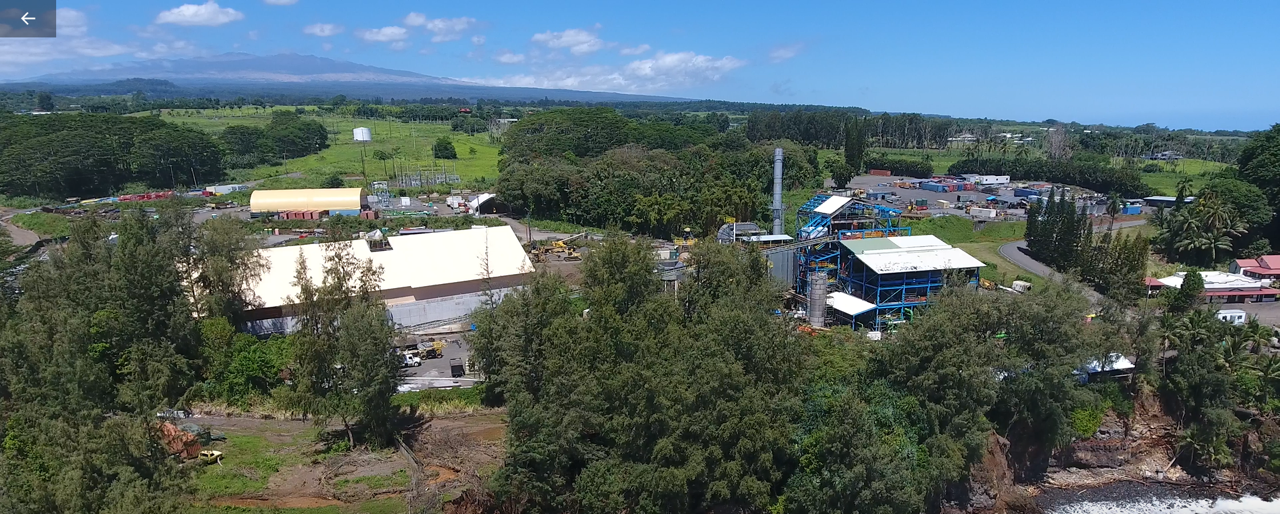Comments and questions RE: Hu Honua’s Cooling Water & Industrial Waste Water Process Flow & Chemical Composition report, attached.
1) The 3,000 oil/solid separator is missing from all of the diagrams and charts in Hu Honua’s Cooling Water & Industrial Waste Water Process Flow & Chemical Composition report, pgs 7-12.
2) There will be ash floating everywhere and housekeeping will require more water than the <500 GPD indicated in pgs. 7-12 of Hu Honua’s Cooling Water & Industrial Waste Water Process Flow & Chemical Composition report.
3) What does 3000 gallons mean in terms of the oil/solid separator? per minute, hour, what? What is going in and out and how is the solids and oil disposed of? How is this waste water characterized? (NA is not an acceptable answer).
4) The diagram on Pg. 9, Cooling Water & Industrial Waste Water Process Flow & Chemical Composition shows water being diverted to “Submerged Ash Drag.” There is no discussion of this component in any record to date. Please describe the system component and amount of water used?
5) ATTACHMENT VI, HU Honua UIC UH-3051 Water Discharge Summary, pg. 12, questions and comments:
5a) section: ” NON-CONTACT COOLING WATER DISCHARGE (#20) from Brackish Wells to UIC ” does not include the descaling additives in the spent cooling water effluent. Also, the Effluent Characterization should be amended as for temperature based on 36 MW, 24/7. “Brackish” is too general of a term. Ambient qualities of the brackish ground water should be analysed and characterized now so that if during monitoring there is an increase in these components later from a recycling effect between the UIC and water wells or aquifer contamination there is baseline data. The probable constituents would be found in NPDES #HI 000191, Hilo Coast Power Plant monitoring reports for cooling water effluent, CWB web viewer files.
5b) section: “WASTEWATER SUMP DISCHARGE (#16) to UICs” does not include any information about the “submerged ash drag” system component and oil/solid separator system component? Does all of the water from the sump go to the oil/solid separator?
Thank you for your time.
Claudia Rohr




Leave a Reply